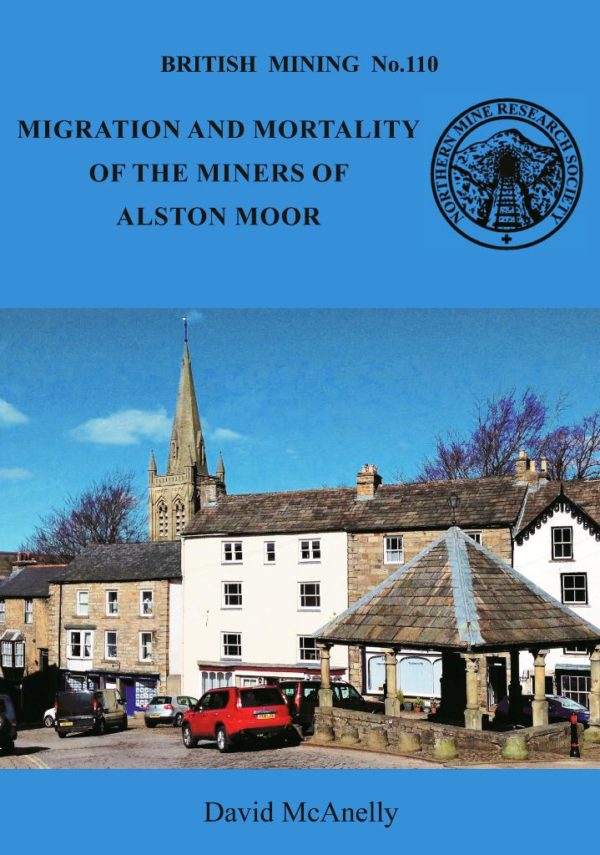British Mining No 110 – Migration and Mortality of the Miners of Alston Moor
by David McAnelly
The influence of political conditions on the price of lead and its effect on the profitability of the mines of Alston Moor is traced through the 19th century. Foreign competition and declining lead reserves resulted in the mines demise and subsequent migration of the population to other mining areas and also abroad. In many instances miners left to become coal miners – an occupation which medical opinion, at the time regarded as more healthy and certainly better paid, albeit more dangerous.
The housing and living conditions of the miners were better than those of much of the population of the UK at the time, although life expectancy was shortened by pulmonary illnesses. The medical understanding of occupational illnesses developed throughout the course of the 19th century as did the understanding of the causes of the diseases. Much of this was the work of the 1864 Royal Commission and similar official investigations, described in detail here. In the late 19th century the introduction of new technology in the form of rock drills and high explosives boosted productivity and dramatically increased the incidence of silicosis.
The monograph concludes with a discussion of the relative effects of other risk factors such as accidents, lead and zinc poisoning and speculates on the importance of radon exposure in the northern mines.
The book includes 13 illustrations, 43 data tables and a comprehensive index
- A5
- pp. 107
- ISBN-13: 978-0-901450-76-0
£12.00


